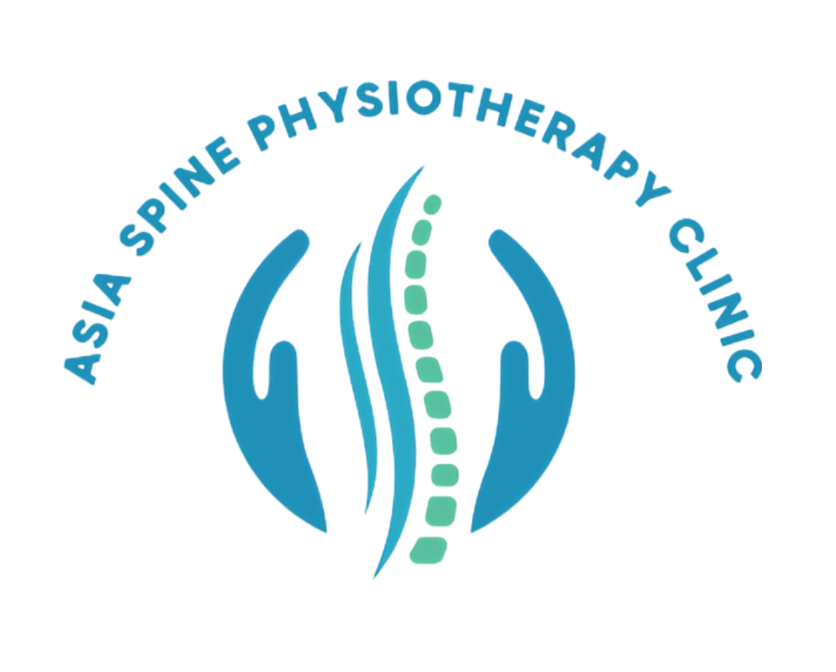+918048034108

This is your website preview.
Currently it only shows your basic business info. Start adding relevant business details such as description, images and products or services to gain your customers attention by using Boost 360 android app / iOS App / web portal.
Physiotherapy for individuals with autism is a ...

Physiotherapy for individuals with autism is a tailored approach that focuses on improving physical skills, movement, coordination, and motor function. Many individuals with autism experience challenges related to motor skills, such as difficulty with balance, coordination, and fine or gross motor tasks. Physiotherapy can help address these issues by providing structured exercises and activities that promote physical development. ### Key Goals of Physiotherapy for Autism: 1. **Improving Motor Skills**: Enhancing both fine motor skills (e.g., using utensils, writing) and gross motor skills (e.g., running, jumping, coordination). 2. **Balance and Coordination**: Helping individuals develop better control over their body, which can be important for daily activities and social participation. 3. **Posture and Strengthening**: Working on posture correction and strengthening muscles, which can reduce the risk of injury and improve overall physical functioning. 4. **Sensory Processing**: Some children with autism may experience sensory processing challenges. Physiotherapists may incorporate sensory integration techniques to help with tactile, visual, or proprioceptive processing, which can aid in improving body awareness and responses to sensory stimuli. 5. **Encouraging Social Interaction**: Physiotherapy can include group activities to promote social skills and cooperation, helping children interact with peers while developing physical abilities. ### Techniques Used in Physiotherapy for Autism: - **Vestibular stimulation**: Exercises that involve movement, such as swinging, spinning, or jumping, can help with balance and body awareness. - **Strengthening exercises**: Focused on improving core strength, which is crucial for posture and coordination. - **Coordination drills**: Exercises that involve tasks like catching, throwing, or running through an obstacle course can help improve coordination. - **Proprioceptive activities**: These exercises help individuals become more aware of their body’s position in space and can improve motor planning and execution. ### Benefits: - Improved independence in daily activities. - Enhanced physical health and fitness. - Better social interaction skills. - Reduced anxiety related to physical tasks or movements. Physiotherapists typically work in collaboration with other professionals (e.g., occupational therapists, speech therapists, or special educators) to ensure a holistic approach to the individual’s development. If you need more details on specific exercises or how physiotherapy can be adapted for different ages, let me know

